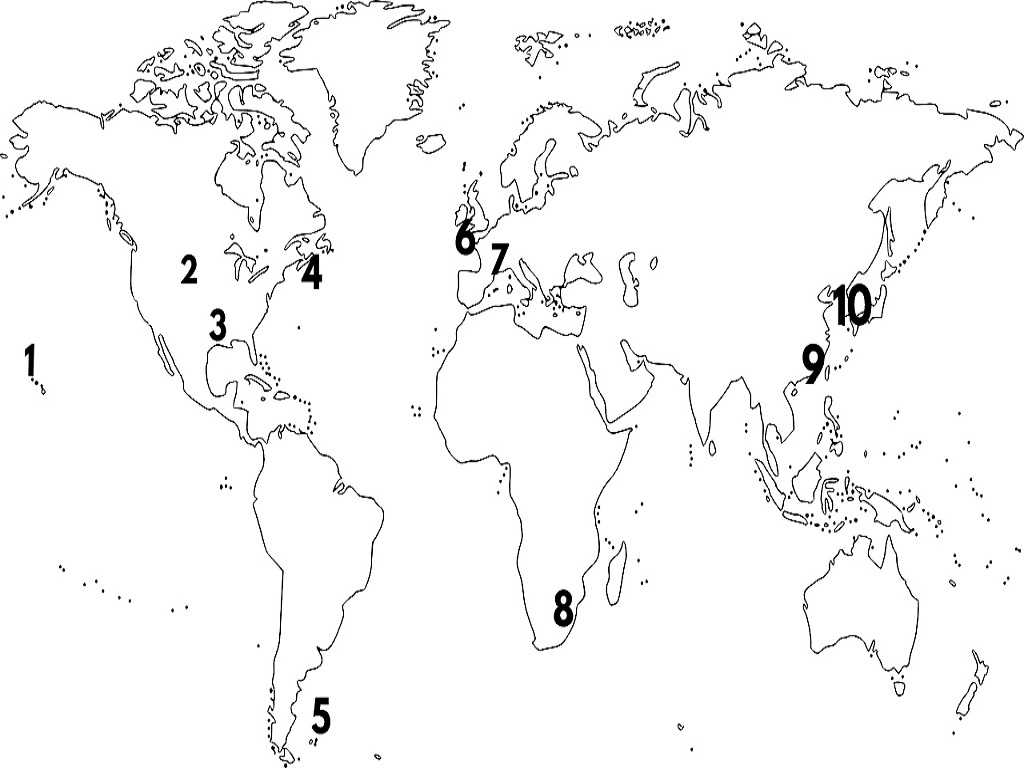
Unnatural Disaster Trivia Quiz
It can be argued that war, in itself, is a big disaster. However, within that framework there have occurred multiple man-made disasters, some avoidable, that have resulted in great loss of life or unexpected defeats. Here are ten such disasters.
A label quiz
by spanishliz.
Estimated time: 3 mins.
